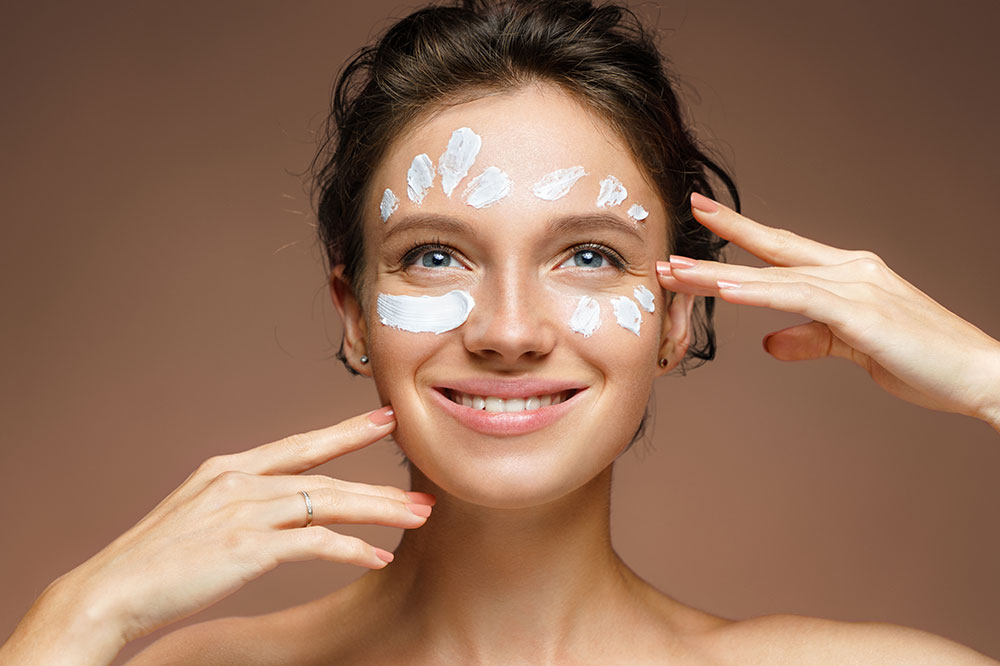Tips for buying and using anti-aging skin products

The elixir of eternal youth is good skincare products. To keep the skin looking younger than you are, you must select anti-aging products carefully. Choosing quality products that keep the skin healthy will help minimize wrinkles and promote youthful skin. Ideally, your journey to radiant-looking skin should start with a visit to the dermatologist. Once an expert has examined your skin, you can find the perfect products to keep it youthful and nourished.
Consider your needs
When looking for the perfect skincare product, it is essential to remember that what works for another person might not work for you. This is where recommendations fall short. It would be best if you first observed what your skin type is. Do you have oily skin, dry skin, or combination skin? The formula you need will depend on this. Additionally, aging signs are numerous–wrinkles, age spots, fine lines, sagging, skin tags, and dark circles. Shortlist skincare products that will suit you based on the signs you experience, those that bother you most, and the problems that are likely for your skin type (breakouts are more common for oily skin, while flaking is typical for dry skin).
Search from the basics
If you do not use many skincare products, it is ideal to start from the basics. Often, your skin might look aged due to sun exposure or dehydration. These are likely to create wrinkles, sun spots, and fine lines, which are signs of aging. To prevent this, find a suitable sunscreen and a moisturizer. Ensure that the sunscreen is SPF 30 or more, water resistant, and protects against UVA and UVB rays. Avoid anything with fragrances, harsh chemicals, and preservatives, especially if you have sensitive skin. Sunscreens and moisturizers help prevent damage and can even rejuvenate the skin in the long run.
Read the labels
Reading a product’s label allows you to identify its ingredients. You should analyze them carefully and understand the possible side effects. This is particularly important if you have a skin condition like eczema or skin allergy. Look for labels that are hypoallergenic (less likely to cause an allergic reaction), non-comedogenic (will not clog pores), and non-acnegenic (less likely to cause acne). Labels also help identify cruelty-free and vegan products. Further, if the consumer hotline number is present on the label, you will be able to contact the company and get answers to your questions related to the product.
Look for specific ingredients
The right anti-aging product will certainly contain one or more healthy compounds, like vitamin C, alpha hydroxy acids, and other antioxidants. Vitamin C is a potent antioxidant that reduces fine lines and wrinkles. Alpha hydroxy acids eliminate dead skin cells and promote new skin growth, reducing wrinkles. Coenzyme Q10 is another antioxidant that helps reduce fine wrinkles around the eyes and protects the skin from sun damage. Apart from these, look for green, black, and oolong tea compounds, as they have antioxidant and anti-inflammatory properties that make them valuable ingredients in wrinkle creams. Niacinamide is another potent antioxidant that reduces water loss in the skin and improves its elasticity.
Retinoid creams are a must
Retinoids, or vitamin A, are known for their positive impact on the skin, hair, and nails. Vitamin A creams help repair sun damage and reduce wrinkles and fine lines when applied correctly. They are particularly beneficial in fighting signs of aging, like fine lines, large pores, and dark spots. Retinoid creams are perfect for dry skin, but if you have acne-prone and oily skin, consider a retinol-based serum. Also, remember to avoid creams with artificial preservatives and paraben.
Have a skincare routine
Buying a quality skincare product will not provide the desired effects unless used regularly and correctly. Remember to conduct a patch test before using a new formula and start slowly, so your skin does not get irritated. Apply it on a small part of the forearm and leave it for 24 hours to check for any adverse reactions. A daily skincare routine works best when designed with the help of a dermatologist. It will help reap the benefits of anti-aging products entirely. Your ritual must include a cleanser that is not abrasive, a gentle scrub, moisturizing, antioxidant serums, toners, and sunscreens. All of these work together to make your skin look young and healthy.
Follow a skin protection lifestyle
Besides using quality skin products, you must follow a healthy lifestyle to keep fine lines and wrinkles at bay. If you go out to polluted places, remember to clean your skin thoroughly on returning home to remove the effects of heat, dust, and chemicals. Always carry sunscreen when you go out, and often reapply if you are in a sunny region. You can also consider products with built-in sunscreens. Remember to sleep well to maintain your skin’s youthful look and elastic nature. A healthy food plan with antioxidants from fresh fruits, healthy fatty acids from salmon and nuts, and devoid of inflammatory compounds can go a long way in keeping the skin fresh and youthful. However, nutrition may not provide instant results, and it can take time to work.
Work with a dermatologist
An aesthetician or dermatologist is the best person who can help you find the right anti-aging products and ensure you save time and money on identifying the ideal components for your skincare routine. A self-diagnosis may not be the best step to finding the perfect anti-aging products. Dermatologists are constantly updated on the latest solutions and are also best equipped to analyze the skin. This enables you to make the best decision regarding the products that can reduce wrinkles. So, do not let the hassle of a doctor’s appointment deter you from finding the secret elixir for youthful skin.


